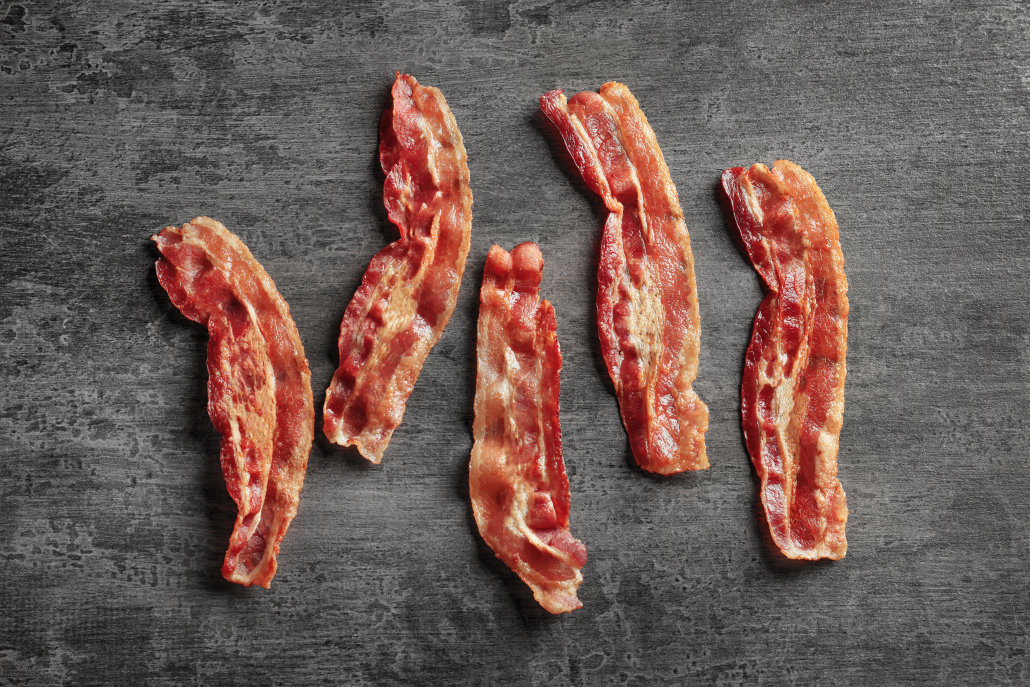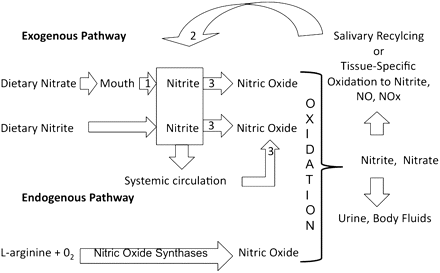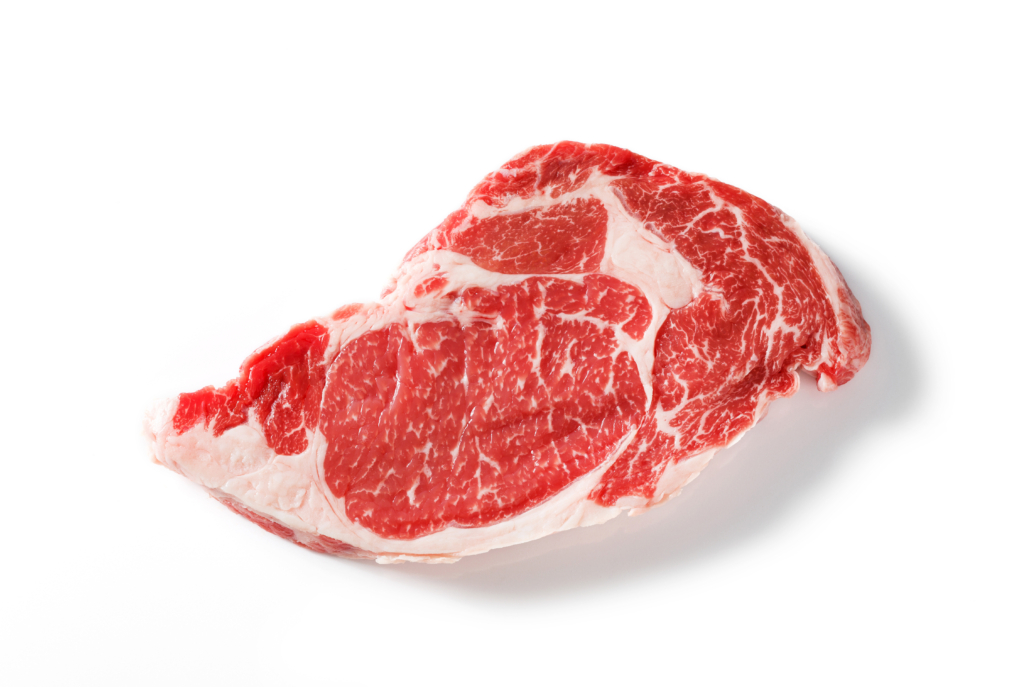We include products in articles we think are useful for our readers. If you buy products or services through links on our website, we may earn a small commission.
Is Bacon Bad for You? Or Good For You?

Table of Contents
Bacon’s soaring popularity along with its high-fat content begs the question, is bacon bad for you?
For most Americans, the answer can make a significant difference in their dietary choices. That’s because Americans consume an average of 18 pounds of bacon per year, a bit less than the weight of a car tire.
Yet many people who love bacon also fear the health risks associated with saturated fat and processed meat.
Let’s look at what the science says about the reality of these risks, possible benefits, and healthy choices.
A Brief History of Bacon
The history of salted pork belly can be traced back to ancient China. But bacon’s starring role on American breakfast tables is thanks to the “Godfather of the Pork Industry,” Spanish explorer Hernando de Soto.
In the 17th century, DeSoto brought 13 pigs to the New World. Within 3 years the herd increased to 700, and American breakfasts haven’t been the same since.
Bacon in America
A common staple in the daily lives of 268 million Americans, bacon has found its way to the hearts of meat lovers across the country, showing up on popular menu items, recipes, and even your favorite sweets.
Affectionately known by some as “meat candy,” bacon can be cured, smoked, or prepared in several ways to diversify its delicious flavor.

Let’s look at what the science says about the health benefits, potential drawbacks, and healthier varieties of bacon.
How is Bacon Made?
To understand the health risks associated with bacon it’s important to know how bacon is made.
Bacon is cut from the belly and side of the pig. Then, depending on the producer, it’s cured with some combination of nitrites, salts, celery powder, smoke, sugars, and spices. Curing gives bacon its piquant umami flavor and vibrant red color. Curing is also responsible for bacon’s long shelf life by protecting against bacteria.
Cured vs. Uncured Bacon
Technically, cured just means preserved. And all bacon is preserved. So there’s really no such thing as uncured bacon. Uncured is just a term used for marketing purposes.
In bacon jargon, cured refers to bacon that has been treated commercially with sodium nitrites to preserve it, add flavor, and give bacon its color.
So-called “uncured bacon” is still preserved (cured), but without sodium nitrite. Instead, it’s cured with a combination of celery powder which contains naturally occurring nitrites, and sea salt.
For this reason, Dr. Nathan Bryan at the University of Texas Houston Biomedical Research Center, states, “This notion of ‘nitrite-free’ or ‘organically cured’ meats is a public deception.”
Furthermore, the curing process with celery salts can increase nitrate levels in “no-added nitrate” bacon above nitrite cured bacon.
So if you want to avoid nitrites and nitrosamines, you’d have to opt for fresh pork belly–more on that coming up.
Nitrites and Nitrosamines
Marketers like to use terms like “no-added nitrites” and “uncured” because of studies linking processed meats–specifically the presence of nitrites–with an increased incidence of stomach and colorectal cancer. Though these studies are observational, meaning they don’t control for other health factors like alcohol, smoking, exercise, and carbohydrate intake, they are consistent enough to warrant some attention.
However, nitrites on their own don’t seem to be harmful. In fact, studies have shown that dietary nitrites have a protective antimicrobial role in our gut. The body also produces nitrites on its own. These compounds can be turned into nitric oxide, a signaling molecule that causes blood vessels to relax and dilate, lowering blood pressure.

Nitrites can become harmful when they are transformed by high-heat into nitrosamines.
Nitrosamines are a group of chemical compounds found to be carcinogenic (cancer causing) in all species of animals that have been tested other than humans. For humans, they’re classified as suspect carcinogens, but there is no direct causal evidence.
Nitrite Regulations
Because of concerns about nitrites, nitrosamines, and cancer, there are strict regulatory limits on nitrites in processed foods.
To dramatically reduce nitrosamine content in bacon, it is mandated that nitrites are combined with antioxidants like vitamin C and erythorbic acid.
However, processed meats contribute only a moderate amount of dietary nitrites. We get most of our nitrites from vegetables. One study found that people get around 80% of their dietary nitrates from eating vegetables alone.

Other studies show that nitrite limits are easily exceeded, not by eating bacon, but by normal daily intakes of single plant foods, including soy milk and spinach.
Though bacon these days generally contains fewer nitrites than bacon of the past, and though you likely get far more nitrites from plant foods than the few slices of bacon you had for breakfast, the only way of entirely avoiding nitrites is to choose a fresh, uncured cut of meat.
Pork Belly: A Healthier Alternative?
Just like bacon, pork belly comes from a hog’s underside. This boneless cut may be served fresh, which means it is not cured or smoked and contains zero nitrites.
Fresh pork belly offers high-quality fat (and yes, saturated fat is healthy, as you’ll see later) and protein along with micronutrients including fat-soluble vitamins and minerals.
| Pork Belly Nutritional Content per 224g | Amount | % RDA |
| Fat | 89g | N/A |
| Saturated Fat | 32g | N/A |
| Monounsaturated Fat | 42g | N/A |
| Polyunsaturated Fat | 9g | N/A |
| Omega 3 ALA | 900mg | 100% |
| Choline | 113mg | 21% |
| Vitamin B12 | 1.8mcg | 75% |
| Pantothenic Acid (B5) | 2.5mg | 50% |
| Niacin (B3) | 9mg | 56% |
| Riboflavin (B2) | .4mg | 32% |
| Thiamin (B1 | .7mg | 56% |
| Copper | .2mg | 22% |
| Phosphorous | 300mg | 24% |
| Selenium | 23mcg | 42% |
| Zinc | 1.7mg | 16% |
| Vitamin D | 1.8mcg | 9% |
| Iron | .9mg | 5% |

Benefits of Bacon
If you insist on bacon–and really, how can you resist–let’s take a look at some of bacon’s benefits for the environment, the mind, and the body.
Bacon and the Environment
According to an eye-opening 2015 article by Scientific American, when ranking the environmental friendliness of your favorite BLT co-stars, bacon rated higher than lettuce.
The study came to its conclusion by comparing greenhouse gases emitted in the production of both foods.
These findings are consistent with research from Carnegie Mellon University which found that if Americans were to follow the USDA’s 2010 dietary recommendations to increase plant foods and decrease meat consumption, it would result in a 38% increase in energy use, a 10% percent bump in water use, and a 6% increase in greenhouse gas emissions.
Eating Bacon Can Boost Your Mood
Studies show that common mental disorders, such as depression, bipolar disorder, schizophrenia, and obsessive-compulsive disorder, might be exacerbated or even caused by a deficiency in amino acids.
The good news is that bacon is rich in protein and saturated fats that fuel key neurotransmitters essential to mood stabilization.
The high macronutrient content of Bacon, specifically its fat, combined with bacon’s signature umami flavor, can reduce feelings of deprivation and cravings for sugary and processed foods that imbalance the microbiome causing mood swings and anxiety.
Bacon Contains Choline
Bacon contains 125 mg of choline per 100g of meat, making it one of the top five sources of dietary choline.
This matters because choline is a compound that offers antioxidant activity superior to Vitamin E. It’s the reason why lard and bacon fat resist rancidity from free radicals that would otherwise oxidize them. Protecting fats from oxidation makes it so they don’t turn into substances that can cause inflammation when consumed.
The body requires choline for brain and nervous system function, aids in memory and mood regulation, helps with muscle control and movement while aiding in the formation of membranes around cells.
A new study by the University of Eastern Finland has suggested that choline’s use in the production of the neurotransmitter acetylcholine might give it an essential role in reducing the cognitive decline associated with aging and in the prevention of Alzheimer’s disease and dementia.
Bacon is Loaded with Healthy Fats
Though the amount of fat in bacon is the thing most people worry about, it’s actually bacon’s greatest asset.
Half the fat in bacon is monounsaturated and contains a high percentage of “heart-healthy” oleic acid. The remaining 40% is saturated fat, and 10% is poly-unsaturated.
The presence of this high level of fat coupled with lots of protein in a traditionally small-serving food can help you to feel full after eating it, cutting down on the urge to overeat.
As part of a high-fat, low-carb diet, bacon has an ideal macronutrient profile.
Benefits of Monounsaturated Fat
Studies have shown that a high intake of monounsaturated Fatty Acids can
- Reduce blood cholesterol and triglycerides
- Help you lose weight
- Reduce inflammation
- Improve insulin sensitivity
Benefits of Saturated Fat
There is a lot of misinformation linking saturated fats and disease. These links have led to recommendations for replacing saturated fats with polyunsaturated fats.
However, recent analyses of previous studies linking saturated fats found that in reality replacing saturated fat with polyunsaturated fats can increase the chances of death.
Saturated fats play a crucial role in many of the most important functions in your body.
- It takes a balance of both saturated and unsaturated fats to compose, and properly maintain your cell membranes.
- For calcium to be effectively incorporated into your bones, at least 50% of dietary fats should be saturated.
- They guard the liver against alcohol and other toxins, such as Tylenol.
- Saturated fats “short-circuit” excess immune cells, thereby reducing inflammation.
- The antimicrobial properties of saturated fat protect you against harmful microorganisms in the digestive tract.
Polyunsaturated Fats
Polyunsaturated fats can become easily oxidized which can lead to inflammation when ingested. However, animal foods do not contain polyunsaturated fats unless they are fed PUFAs in their diets. These dietary PUFAs come mainly in the form of soy and corn.
What this means is that the PUFAs in bacon change depending on how the animals are fed. In America, soy and corn are common feed, but in many European countries, this is not the case.
If you’re trying to reduce PUFAs we recommend speaking with pork farmers at your local farmers market to find out what they feed their pigs. If you’re living in Copenhagen, you’re probably ok.
Bacon is packed with nutrients
Meat tends to be very nutritious and bacon is no exception. A typical 3.5-ounce (100-gram) portion of cooked bacon contains:
- 37 grams of high-quality animal protein
- Vitamins B1, B2, B3, B5, B6, and B12
- 89% of the RDA for selenium
- 53% of the RDA for phosphorus
- Decent amounts of the minerals iron, magnesium, zinc, and potassium
However, all nutrients found in bacon are also found in other, less processed pork products.
Is Bacon Bad For you? The Bottom Line
The short answer is, it depends.
Bacon is a good source of healthy animal fats, quality proteins, and hard to get nutrients.
Bacon is also extremely satiating, which means that it can reduce cravings for junk foods high in carbs and processed fats.
As a staple ingredient in low-carb diets bacon can add a desirable amount of sodium.
But bacon is processed meat. And many studies have linked processed meat products with cancer and heart disease. Though all these studies are observational, and cannot prove causation, their results have been consistent enough to warrant caution.
Because most people eat bacon in relatively small servings, it probably lands on the “ok” side of the good-bad spectrum.
To get all the animal superfood nutrients while avoiding the possible risks associated with processed meats, we recommend choosing fresh pork belly over bacon.

















